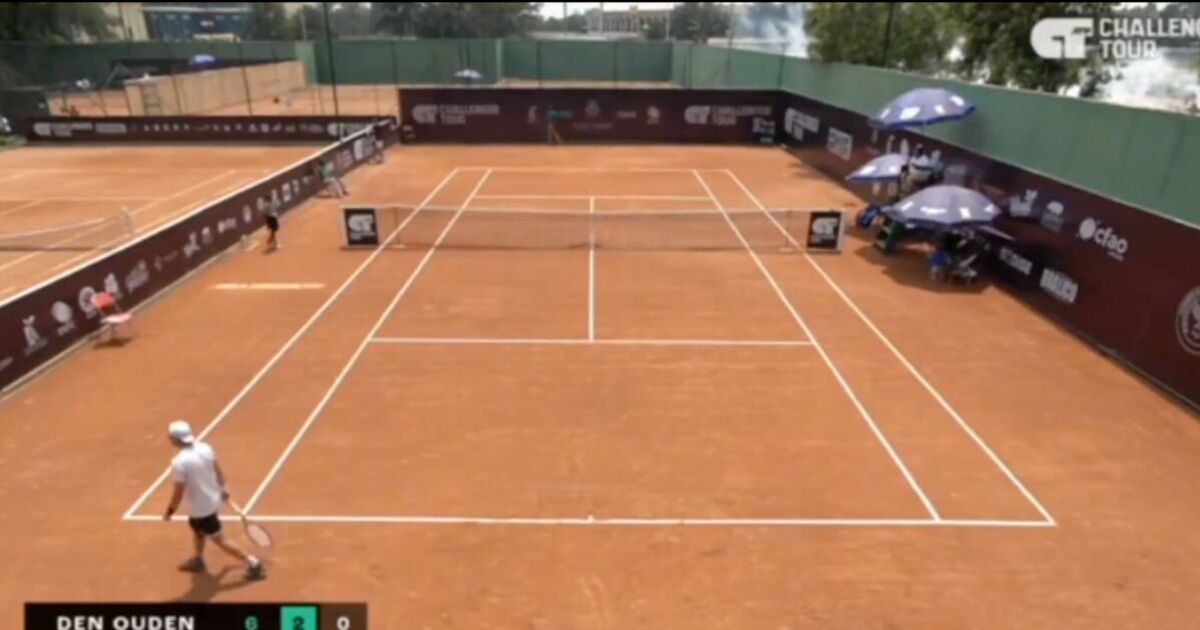
Rhubarb plants will be healthy and decongested with 1 gardening task
Published: 2025-07-03 14:39:17 | Views: 4
Rhubarb is one of the most productive perennial vegetables you can grow in the garden. With its vibrant red stalks and tart flavour, it's a true early-season treat in pies, jams, cakes and compotes. A healthy rhubarb plant can deliver an annual harvest of fruit for 10 years or more when gardeners tune into the plant's natural rhythm, particularly around July.
Many gardening experts agree that July is the best time to stop picking rhubarb stems, even as the plant continues to grow. It is also an opportune time to assess the health and layout of your rhubarb patch and note which crowns should be divided later in the dormant season, as The Brighton and Hove Allotment Federation notes: "Some forward planning is required if you want to divide rhubarb."
They explained that rhubarb plants should be divided every five years or so to secure "more plants" while keeping them "healthy and decongested".
Dividing rhubarb, also known as splitting, is the process of separating a mature rhubarb plant into smaller sections, each with a root and at least one bud, to create new, individual plants.
The best time to do this is when the plant is dormant, any time between December and February. However, the foliage will be dead and the location of the plant may be difficult to pinpoint during winter, so the allotment experts suggest marking it now.
To mark the location of a rhubarb crown before dividing, use a garden marker, such as a decorative stone or stake, placed next to the crown.
This will serve as a visual reminder of the crown's position when you're ready to divide it.
If you're still tempted by colourful stems growing from rhubarb plants, there may still be some scope to harvest, notes the Royal Horticultural Society.
They explained that by mid-summer, the stalks usually become "tough and stringy", but if you do want to pick some, only take a few so you don't weaken the plant.
Many gardening experts warn against picking rhubarb too late in the season because of increasing levels of oxalic acid.
However, this build-up is mostly in the leaves, which you don’t eat, and the amount in the stems is insufficient to have a toxic effect, said the RHS.
Once rhubarb plants are established, they generally don't need regular watering, even after the fruiting stalks have stopped growing.
That said, you can water the plant during prolonged dry periods in summer or in very light, free-draining soil. Growth will slow down and even stop if conditions are too hot and dry.
Source link







